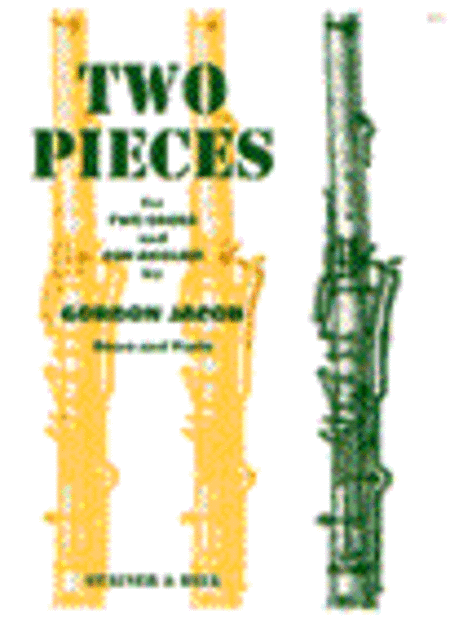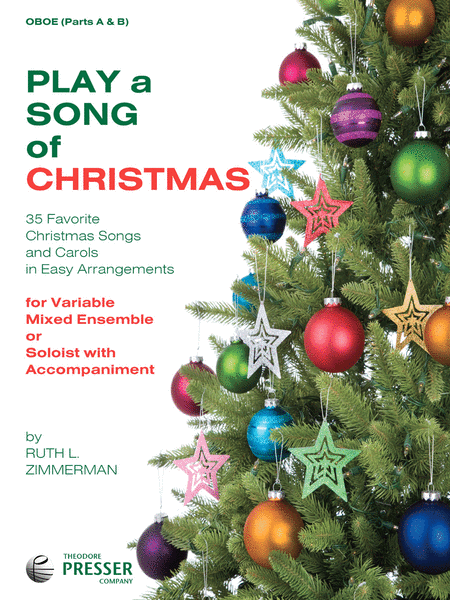O holder Tag, erwünschte Zeit (O lovely day, o
hoped-for time), BWV 210,[a] is a secular cantata by
Johann Sebastian Bach. He wrote the solo cantata for
soprano in Leipzig for a wedding and first performed it
between 1738 and 1746. Bach used material from a
"Huldigungskantate" (homage cantata), O angenehme
Melodei, BWV 210a, first performed in January 1729.
The piece is scored for solo soprano voice, flauto
traverso, two violins, viola, and basso continuo.
Bach wrote the canta...(+)
O holder Tag, erwünschte Zeit (O lovely day, o
hoped-for time), BWV 210,[a] is a secular cantata by
Johann Sebastian Bach. He wrote the solo cantata for
soprano in Leipzig for a wedding and first performed it
between 1738 and 1746. Bach used material from a
"Huldigungskantate" (homage cantata), O angenehme
Melodei, BWV 210a, first performed in January 1729.
The piece is scored for solo soprano voice, flauto
traverso, two violins, viola, and basso continuo.
Bach wrote the cantata for a wedding; scholars suggest
different possible events. Werner Neumann mentions the
wedding of Anna Regina Bose and Friedrich Heinrich Graf
(3 April 1742) and of Christina Sibylla Bose and Johann
Zacharias Richter (6 February 1744), Herrmann von Hase
suggests the wedding of Johanna Catharina Amalie Schatz
and Friedrich Gottlob Zoller (11 August 1746).
According to Michael Maul, the cantata celebrated the
wedding of the Prussian Court Counsellor Georg E. Stahl
(1741). The cantata text of an unknown poet suggests an
influential man who esteemed music. The parts for
soprano and continuo are written in exquisite
calligraphy, probably as a gift for the couple. The
words center on the relationship of music and marital
love, ending in praise of the bridegroom as a supporter
of music.
Bach used material from a "Huldigungskantate" (homage
cantata), O angenehme Melodei, BWV 210a, for all the
arias, the first recitative and part of the last
recitative. Alexander Ferdinand Grychtolik edited a
reconstruction of the lost homage cantata based on the
wedding cantata, published by Edition Güntersberg.
Bach's music is demanding especially for the soprano
and the flutist. The movements show different
instrumentation, to ensure variety in spite of only one
singing voice. The arias show a "decrescendo" (Alfred
Dürr), a diminishing of the number of instruments,
towards the central Schweigt, ihr Flöten, schweigt,
ihr Töne (Silence, you flutes, silence, you tones), in
which the voice corresponds with the flute as in a
duet. The following arias are scored "crescendo" until
the final festive movement. While all other recitatives
are secco, the last one is accompanied by figuration in
the flute and the oboe d'amore, long chords in the
strings.
Bach titled the work Cantata a Voce sola. The cantata
is scored for soprano, flauto traverso, oboe d'amore,
two violins, viola, violone, and harpsichord
continuo.
Source: Wikipedia
(https://en.wikipedia.org/wiki/O_holder_Tag,_erw%C3%BCn
schte_Zeit,_BWV_210).
I created this arrangement of the opening Aria:
"Spielet, ihr beseelten Lieder" (Play, you soulful
songs) for Oboe Duet & Strings (2 Violins, Viola &
Cello).











